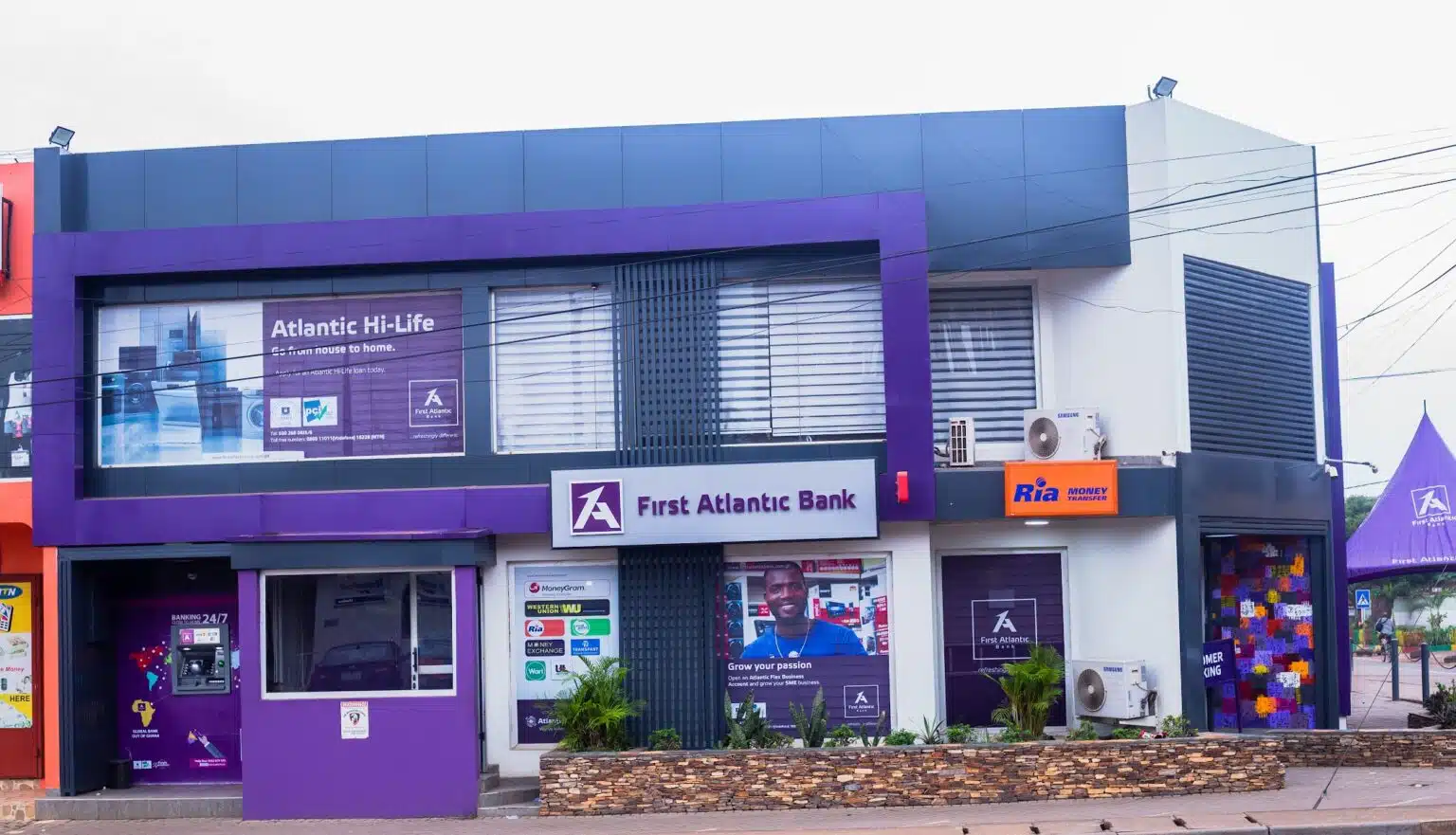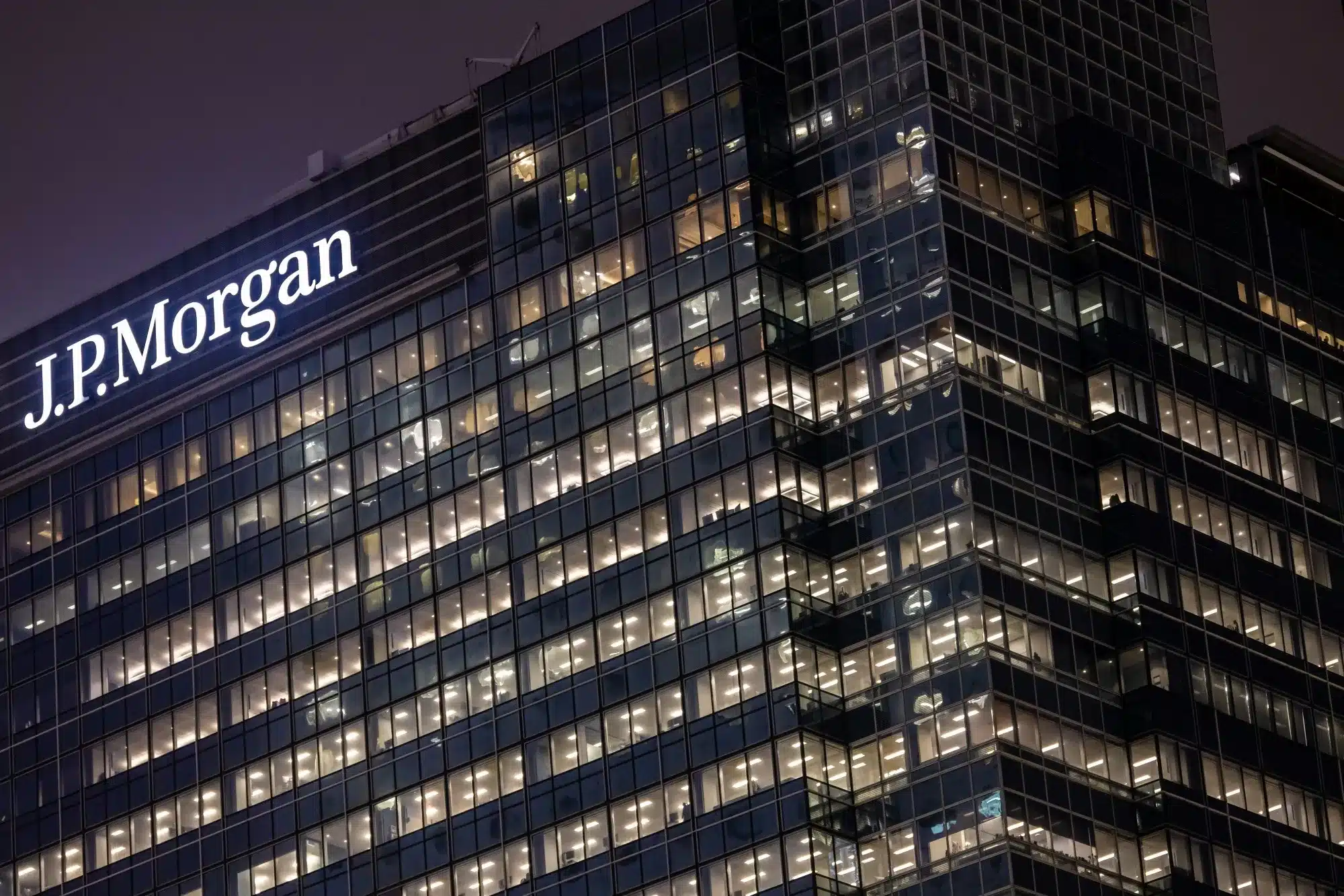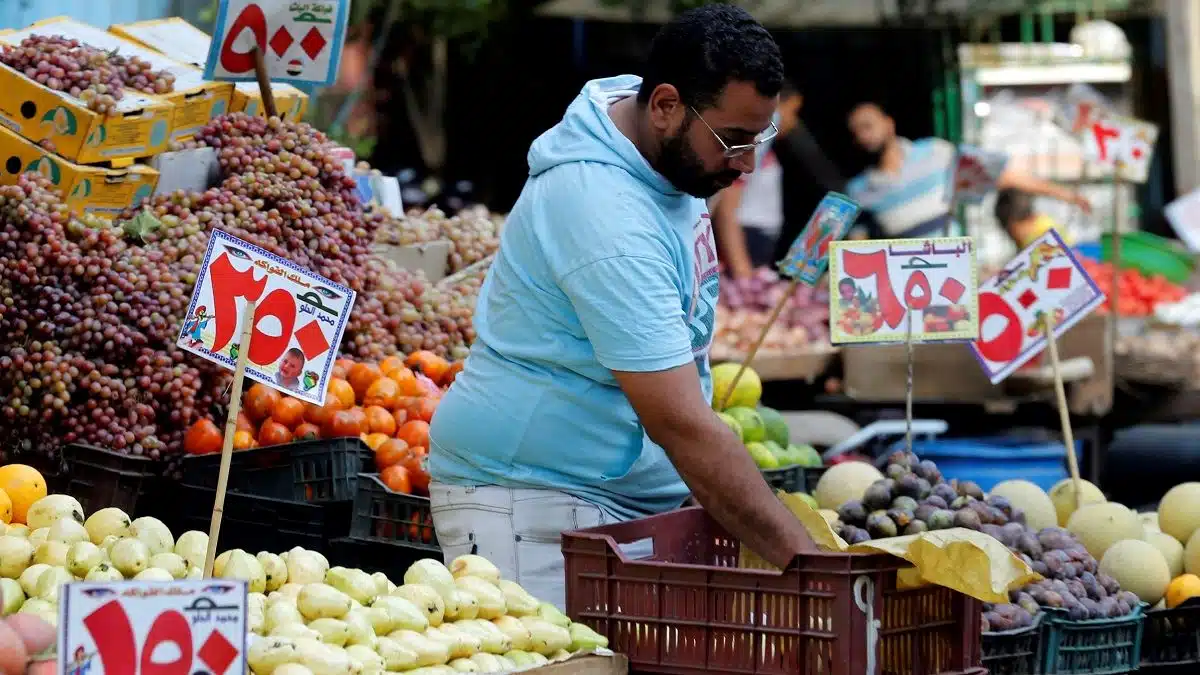Kenya’s banking sector showed signs of resilience in the first quarter of 2025, with liquidity levels rising modestly even as performance varied across top-tier lenders.
According to the Central Bank of Kenya’s latest Credit Officer Survey, sector liquidity climbed to 58.4% in March 2025, up from 55.7% at the end of 2024.
The nearly 3 percentage -point improvement was driven by increased customer deposits (61%), loan recoveries (22%), and the maturity of government securities (15%).
The quarterly survey, which captures responses from 38 commercial banks and one mortgage finance institution, offers a window into how financial institutions are navigating a delicate operating environment marked by post-pandemic adjustments, tighter regulation, and evolving domestic demand.
While the liquidity ratio remains well above the statutory minimum of 20%, overall sector performance in Q1 revealed divergent trends.
Some banks capitalised on lower funding costs and asset revaluations, while others grappled with muted lending activity and deteriorating asset quality.
At the sector level, quarterly profit surged to $568.9 million, up from $454.7 million in Q4 2024—representing a 25.6% increase.
This was driven by a sharper decline in expenses (down $213.6 million) than the drop in income (down $97.6 million), suggesting improved operational efficiency and cost management across some institutions.
Return on Equity (ROE) rose to 23.1% in March, from 22.0% in December 2024, outpacing a 7.2% rise in shareholders’ funds. Total assets grew marginally by 0.4% to $59.4 billion, with gross loans rising by 0.6% to $31.9 billion.
The report noted that lending was concentrated in the personal and household, trade, and construction segments—signalling cautious optimism on the part of credit officers.
However, the positive liquidity and profitability metrics were offset by a deterioration in asset quality.
The non-performing loan (NPL) ratio worsened to 17.4% in March, up from 16.4% in December, as gross NPLs rose by 6.6% compared to a 0.6% uptick in overall loans.
Meanwhile, total deposits dipped slightly by 0.2% to $44.3 billion.
Despite the decline, capital adequacy remained strong, with the ratio rising from 19.4% to 20.1%, reflecting a more robust capital buffer across the system.
Top lenders post mixed Q1 results as balance sheets diverge
This sector-wide divergence was echoed in the first-quarter results of seven leading banks—NCBA, Stanbic, Standard Chartered, KCB, Co-operative, Absa, and I&M Group—whose performance painted a mixed picture.
NCBA Group
NCBA’s total assets fell to $5.08 billion in Q1 2025, down from $5.38 billion a year earlier, while customer deposits declined by 9.5% to $3.84 billion. The bank attributed the decline to asset reallocation and efforts to optimise funding costs.
Yet, it managed to grow its net profit by 3% to KSh 5.5 billion, buoyed by a 32% increase in digital loan disbursements. Improved net interest margins—rising to 6.1% from 5.0%—also helped lift earnings.
Asset quality improved, with impairment coverage rising to 63% and the non-performing loan (NPL) ratio steady at 11.9%.
Stanbic Bank
Stanbic Bank’s asset base dropped by over KSh 40 billion to $3.49 billion, reflecting reduced lending appetite and lower forex income. Customer deposits slipped to $2.75 billion, and profit after tax declined by $4.65 million to $25.56 million.
Despite the fall, the bank maintained a strong liquidity ratio of 48.3% and a capital adequacy ratio of 18.6%. Gross NPLs declined to $177.65 million, with improved provisioning pushing net NPLs down to $34.08 million.
Standard Chartered Bank
Standard Chartered Bank reported a 13.5% fall in net profit to $37.64 million—its first earnings decline in years—down from $43.45 million in Q1 2024.
Assets shrank to $2.96 billion from $3.03 billion, reflecting slower loan growth and rising credit risk. Nonetheless, capital adequacy rose to 20.6%, and the liquidity ratio improved to 73.6%, indicating strong financial resilience.
KCB Group
KCB remained the largest lender by assets, crossing the KSh 2 trillion ($15.5 billion) mark in Q1 2025, even amid asset quality pressures. The net loan book expanded by 9% to $7.90 billion, while deposits held steady at $11.1 billion.
Profit after tax was flat at $128 million, rising marginally from $127.7 million in Q1 2024.
A rising NPL ratio continued to weigh on the bank’s credit portfolio, particularly in corporate and SME segments.
Co-operative Bank
Co-operative Bank’s total assets rose to $6 billion from $5.54 billion, while customer deposits climbed 9% to $4.07 billion.
Profit increased by 5.6% to $53.8 million. However, gross NPLs rose by 11.4% to $573.9 million, prompting a 32.7% increase in loan loss provisions—an indication of growing caution amid rising credit risk.
Absa Kenya
Absa’s profit after tax rose by 4% to $48.0 million, even as total revenue declined slightly to $122.4 million. Similarly, non-interest and net interest income dropped to $34.9 million and $87.5 million respectively.
Total deposits rose to $2.87 billion, and assets grew to $4.03 billion—both marking a 5% increase, supported by steady customer inflows and prudent balance sheet growth.
I&M Group
I&M Group recorded the strongest profit growth in this group, with earnings up 18% to $30.2 million. Total assets rose by 6.7% to $4.40 billion, while net interest income climbed by 11.8% to $72.8 million.
Operating income grew to $100.0 million, up from $89.1 million in Q1 2024. However, gross NPLs increased by 2.2% to $267.3 million, reflecting lingering credit pressures.
Across the board, banks attributed the varied results to current macroeconomic headwinds, including growing uncertainty stemming from the global trade war.
While most lenders remain well-capitalised and liquid, the outlook for the rest of the year will depend on how effectively they adapt to ongoing shifts in fiscal policy and global economic conditions.








